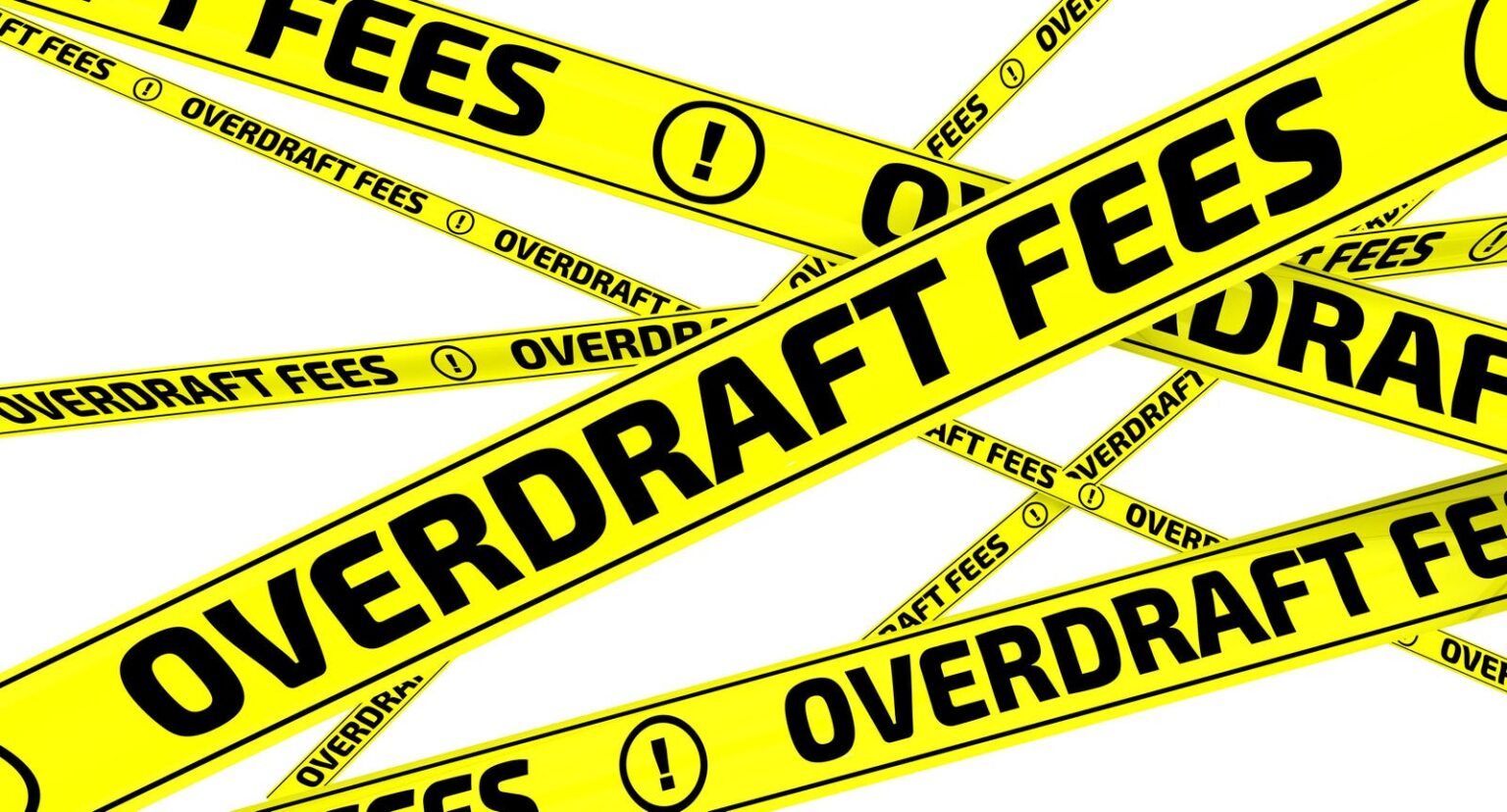Let’s talk about something that’s never been fun: overdraft fees. For decades, these often-overlooked charges have hovered quietly in the fine print, silently chipping away at consumer balances and fueling a multi-billion-dollar revenue stream for the banking industry. Now, with the Consumer Financial Protection Bureau (CFPB) stepping in to close a long-standing regulatory loophole, after studying the overdraft fees issues for a while now, some of the biggest financial institutions are being forced to rethink how they approach—and profit from—overdrafts.
A CFPB Regulatory Move
The overdraft final rule will take effect on October 1, 2025, and will mark a significant inflection point in the financial services sector. Under the new rule, banks and credit unions with more than $10 billion in assets face three clear choices. They can cap overdraft fees at a modest $5; ensure fees are strictly cost-based; or fully disclose and treat overdraft charges like traditional loans—with all the pricing transparency and competitive checks that such a model demands. For the consumers, the result is a potential $5 billion in annual overdraft fee savings, or $225 per household that pays overdraft fees, in addition to a more equitable banking environment. For the banks, it’s a push to modernize and refine their business models, putting consumer interests on par with corporate profit motives.
Pro-Consumers Innovation Over Easy Profit
From a strategic standpoint, these reforms pressure financial institutions to innovate. Removing the easy revenue from opaque fees forces big players to consider how they’ll differentiate their products, leverage technology, and maintain long-term customer loyalty. Banks that once thrived on these “junk fees” will have to pivot and find sustainable ways to offer value—perhaps by enhancing user experience through digital wallets, budgeting tools, or integrated personal financial management platforms that proactively help customers avoid overdrafts in the first place.
For investors and industry analysts, it’s worth noting that regulatory shifts often create ripple effects in product design, customer acquisition strategies, and overall brand trust. Financial institutions that adapt quickly and gracefully could gain a competitive edge. Transparent pricing, better customer education, and seamless user interfaces might attract a new cohort of customers, particularly younger consumers who are notably more skeptical of legacy banking practices. Over the longer term, this could reshape how the market evaluates banking stocks, rewarding those that show agility and a genuine commitment to putting customers first.
Aligning Banks With Broader Regulatory Goals
Crucially, this reform also aligns with a broader governmental effort to tackle so-called “junk fees” across multiple industries. The CFPB, joined by other agencies, is setting a precedent: consumer protection isn’t a one-and-done initiative; it’s an evolving standard. Enterprises that fail to get ahead of these regulatory signals risk scrambling to comply later and, worse, losing market share to more forward-thinking competitors.
A More Equitable Financial Future
Ultimately, this move by the CFPB isn’t merely about erasing an annoying overdraft line item on consumers’ monthly statement. It’s about realigning the financial marketplace with the interests of the public, encouraging innovation, and setting a more level playing field—one where profits don’t come at the expense of trust and transparency. For banks, this is a moment to refine their business models and deliver genuine value. For consumers, it’s a sign that the financial ecosystem is moving steadily toward a more balanced, customer-centric future. And for industry watchers, this development is a high-profile reminder that smart regulation can drive efficiency, accountability, and, ultimately, a better experience for everyone involved.
Read the full article here

